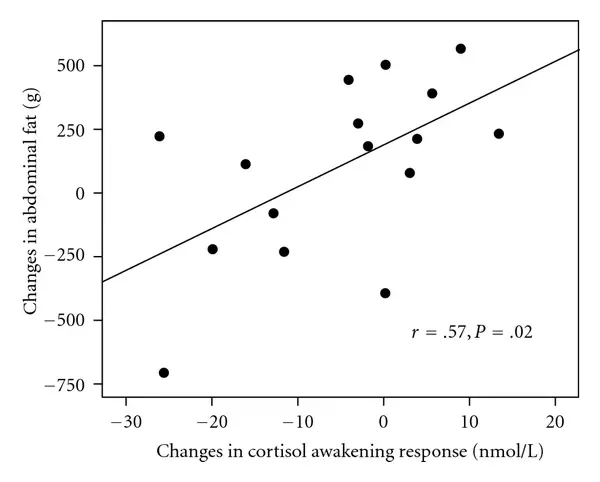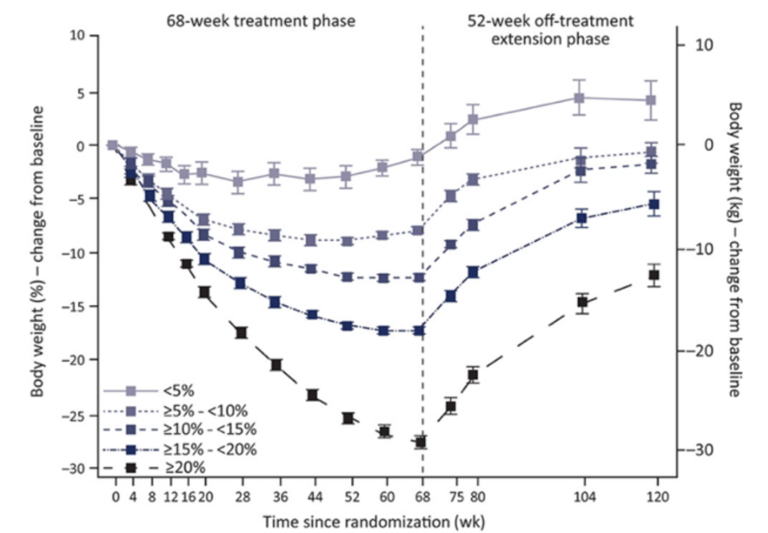DNA Health & Wellness
Longevity Monthly
January issue
Why Most Diets Fail....
The invisible process that’s KEY to your brain, your hormones, detoxification and much much more….

With the festive season drawing to a close, the start of the new year serves as an opportunity for many to set new goals and commit to better habits. But what happens when the energy and excitement wears off; and how many New Year’s weight loss resolutions fail to come in to fruition.
In the distorted world of weight loss, people assume that there is only one problem that needs fixing, and it’s the same for everyone. However, If your problem is sleep deprivation, intermittent fasting and turning to a low-carb diet isn’t going to help, and if anything, it will likely make the problem worse.
The number one misdiagnosis we see in our DNA Weight Loss programs is chronic stress and over-production of cortisol. We see many people who’ve tried all the dietary fads and been through a dozen gym memberships and trainers, yet they still cannot lose weight. It always becomes clear that some non-dietary factor is responsible for the weight gain. Sleep deprivation or unsociably long and psychologically demanding working-hours are classic examples.
In such circumstance, it is not surprising that the usual dietary changes failed to make any difference, as diet was not the issue to start with.
Whilst we help the vast majority of our patients which a sustainable lifestyle change, the unfortunate truth is that these problems are much harder to fix. There are time tested ways of reducing stress and cortisol levels, but some patients simply find it too difficult to implement and execute mindfulness/meditation/prayer/yoga/acupuncture/massage. They end up coming to a diet clinic and get given advice to meditate…why is this? There is good evidence that practices such as mindfulness meditation can have an effect on weight loss.

The important thing to know is that meditation does not change the actual stressor. For example, suppose your boss is driving you crazy. You will be under a lot of stress. Meditation won’t change that one bit. What it will change is your body’s response to the stress. Which, in the end, that is what is important. By decreasing the cortisol response, there is a decrease in abdominal fat.
Another common cause for the dreaded cortisol-induced weight loss plateau is under-eating (and over-training). Not only is such an approach highly stressful on the body, therefore resulting in elevation of cortisol and the retention of abdominal fat, the long-term caloric restriction results in two key adaptation that stymie further weight loss 1) decreased metabolic rate 2) increased hunger.
When we lose weight through calorie restriction, basal metabolic rate (BMR) usually falls too. It is partially this drop that ultimately dooms weight loss efforts. We hope that over time that the BMR will go back up towards normal but unfortunately studies show that it does not.
This is perfectly demonstrated by the contestants from The Biggest Loser, Season 8. Slowing of metabolic rate starts almost immediately after caloric reduction BUT persists for years after. In Danny Cahill’s case, he was burning 800 calories less per day even 6-years after the contest.

Figure 2 ‘The Biggest Loser, Season 8 (2009).
Source: New York TImes (2017)
The multi-billion dollar elephant in the room….
You would be forgiven for thinking ‘well, all this doesn’t matter now because we have the GLP-1 injections….’ [Namely: Ozempic (Semaglutide) , Wegovy (Semaglutide) and Mounjaro (Trizepatide)]
Let’s take a closer look.
If you actually take the data from the trial that led to the FDA approval for Semaglutide to be used as a weight-loss drug, the results are a tail of two stories.
It is clear that on average, during the 68-week treatment phase, subjects lost 17% of their body weight. Amazing by anyone’s standards. However, if you look at the trial extension, which followed up the participants for 52-weeks after stopping the medication, the results are startling to say the least.

Figure 3 Weight regain and cardiometabolic effects after withdrawal of semaglutide: STEP 1 trial extension. Wilding et al. Diabetes Obes Metab. May 2022
The participants who lost less than 5% of their body weight during the treatment phase, ended up heavier than baseline. Those who lost 5-15% ended up back at their baseline, and the only people who sustained any weight loss were those participants who lost more than 20% of their body weight during treatment (27% on average). Albeit, only 12% after the 52-weeks off-treatment phase. The smarter people in the room would argue that simple extrapolation of data over a longer off-treatment period may have indeed led to a greater rebound in that last group. Highly probable. Anyhow, the point is made, and with the worrying tread of people with normal BMIs using these methods to hack the system, we are possibly causing more harm than good.






